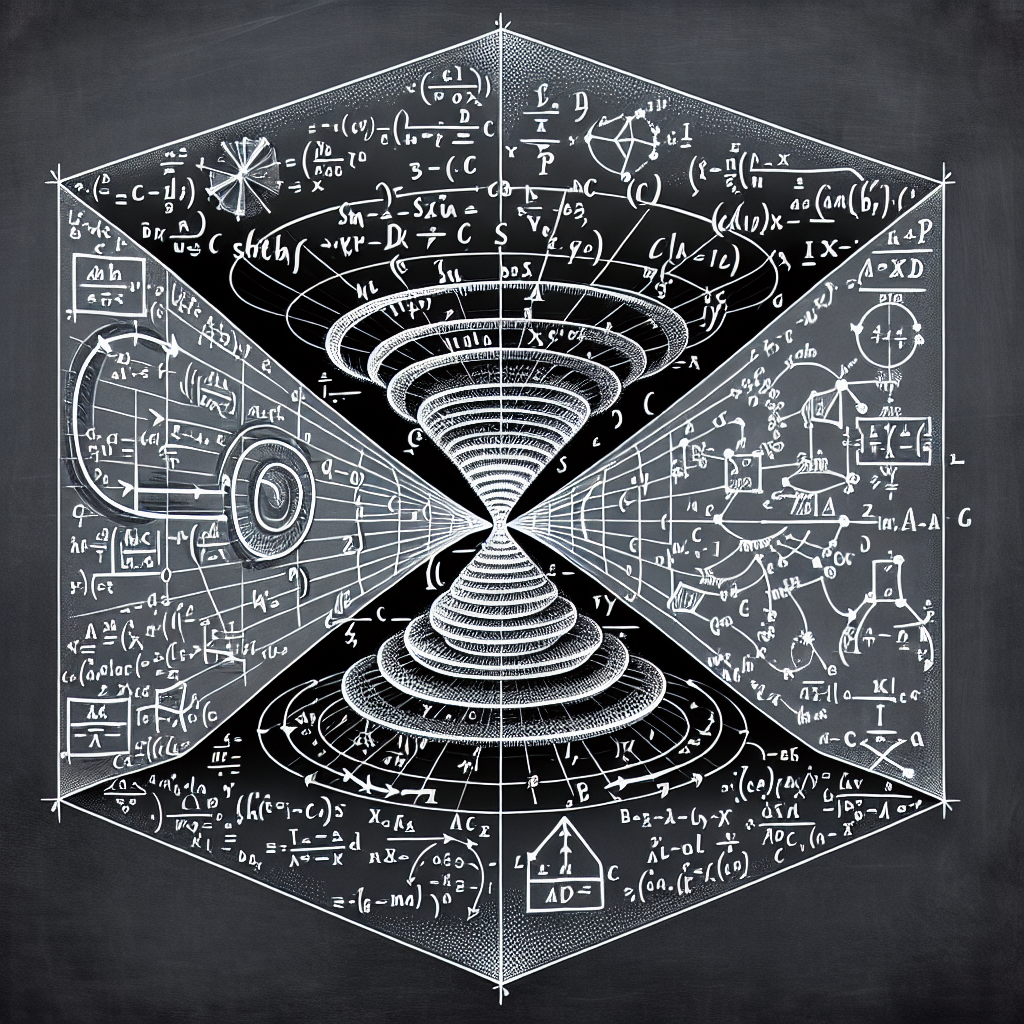Your cart is currently empty!
A Practical Guide to Machine Learning: The Mathematics Behind the Algorithms

Machine learning has become a hot topic in the world of technology and data science. From self-driving cars to personalized recommendations on streaming services, machine learning is at the core of many cutting-edge technologies. But what exactly is machine learning, and how does it work? In this article, we will explore the mathematics behind the algorithms that power machine learning.
At its core, machine learning is the process of teaching a computer system to learn from data and make predictions or decisions based on that data. This is done through the use of algorithms, which are sets of instructions that tell the computer how to process the data and make predictions. These algorithms use mathematical techniques to find patterns in the data and make accurate predictions.
One of the key mathematical concepts behind machine learning is linear algebra. Linear algebra is the branch of mathematics that deals with vectors and matrices, which are essential for representing and manipulating data in machine learning. For example, in a simple linear regression algorithm, data points are represented as vectors, and the relationship between the input and output variables is represented by a matrix of coefficients.
Another important mathematical concept in machine learning is calculus. Calculus is used to optimize the parameters of machine learning models by finding the minimum or maximum of a function. This process, known as optimization, is essential for training machine learning models to make accurate predictions.
Probability and statistics are also crucial for machine learning. Probability theory is used to model uncertainty in the data, while statistics is used to analyze and draw conclusions from the data. For example, in a classification algorithm, probabilities are used to assign labels to data points based on the likelihood of each label given the input data.
Machine learning algorithms also make use of techniques from optimization theory, such as gradient descent, to find the optimal parameters of a model. Gradient descent is a method for minimizing a function by iteratively moving in the direction of the steepest descent. This allows the algorithm to adjust the parameters of the model to improve its predictions.
Overall, machine learning is a complex and interdisciplinary field that combines concepts from mathematics, statistics, computer science, and other disciplines. By understanding the mathematics behind the algorithms that power machine learning, we can gain a deeper insight into how these algorithms work and make better use of them in practice.
In conclusion, a practical guide to machine learning must include an understanding of the mathematics behind the algorithms. Linear algebra, calculus, probability, and statistics are just some of the mathematical concepts that play a crucial role in machine learning. By mastering these concepts, we can develop more accurate and efficient machine learning models and unlock the full potential of this exciting technology.
#Practical #Guide #Machine #Learning #Mathematics #Algorithms,machine learning: an applied mathematics introduction

Leave a Reply